Do You Have To Wear a Cap With a Wig?(Detail Guide)
Hey! I Find the Answer!
When it comes to wearing wigs, many people wonder whether they need to wear a wig cap. This question often arises due to concerns about comfort, hair health, and the overall appearance of the wig. In this article, we will explore the reasons behind this common query, address the potential problems and benefits associated with wearing or not wearing a wig cap, and provide practical advice on how to wear a wig with or without a cap. By the end of this post, you'll have a comprehensive understanding of whether a wig cap is necessary for you and how to make the best decision for your specific needs.

What is the Purpose of Wearing a Wig Cap?
A wig cap serves several important functions when wearing a wig. It acts as a barrier between your natural hair and the wig, helping to keep the wig secure and in place. It also provides a smooth surface, which can make the wig look more natural by preventing lumps and bumps caused by natural hair. Additionally, wig caps can help absorb sweat and oils, which can prolong the life of the wig and improve comfort.
What Happens if You Don't Wear a Wig Cap?
Not wearing a wig cap can lead to several potential issues. Without a wig cap, your natural hair may not lie flat, causing the wig to appear uneven or bulky. This can affect the overall aesthetic of the wig. Additionally, without the barrier provided by a wig cap, the wig may not stay in place as securely, leading to discomfort and the need for frequent adjustments.

Will Wearing a Wig Without a Wig Cap Damage Your Real Hair?
Wearing a wig without a wig cap can potentially cause damage to your natural hair, particularly if you wear wigs frequently. The friction between the wig and your hair can lead to breakage, tangling, and dryness. A wig cap can help mitigate these issues by providing a protective layer that reduces friction and keeps your hair in place.
Pros of Wearing a Wig Cap
- Enhanced Comfort: Wig caps can help absorb sweat and oils, making the wig more comfortable to wear for extended periods.
- Improved Fit: A wig cap provides a smooth, even surface for the wig to sit on, ensuring a more secure and natural fit.
- Protection for Natural Hair: By reducing friction and keeping your hair in place, a wig cap can help prevent damage to your natural hair.
- Versatility: Wig caps come in various materials and styles, allowing you to choose the best option for your specific needs.
Cons of Wearing a Wig Cap
- Heat and Discomfort: Some wig caps can be hot and uncomfortable, particularly in warmer weather or during physical activity.
- Additional Step: Wearing a wig cap adds an extra step to your routine, which some people may find inconvenient.
- Potential for Slippage: If not fitted properly, a wig cap can slip or move, causing the wig to shift out of place.
Do I Need to Wear a Wig Cap if I've Lost All My Hair?
If you have lost all your hair, wearing a wig cap can still be beneficial. It can help create a smooth surface for the wig to adhere to, improving the fit and appearance. Additionally, a wig cap can provide a barrier that absorbs sweat and oils, enhancing comfort. However, it ultimately comes down to personal preference and comfort.
How to Put on a Wig Without a Wig Cap
- Prepare Your Natural Hair: If you have hair, make sure it is clean and dry. Brush it to remove any tangles and secure it flat against your head using bobby pins or hair ties.
- Adjust the Wig: Turn the wig inside out and place it on your head, starting from the front and pulling it back over your scalp.
- Secure the Wig: Use wig clips or combs to secure the wig to your natural hair. Adjust the fit and style as needed.
Do You Need a Wig Cap if You Have Short Hair?
If you have short hair, a wig cap is not always necessary but can still be beneficial. It helps keep your hair flat and secure, providing a smoother surface for the wig. It also adds an extra layer of protection between your hair and the wig, reducing friction and potential damage.
Do You Need a Wig Cap for a Lace Front Wig?
Lace front wigs are designed to create a natural-looking hairline, and wearing a wig cap can enhance this effect. A wig cap can provide a smooth, even surface for the lace front to adhere to, improving the overall appearance and fit. However, some people find that a wig cap is not necessary and prefer to wear the lace front wig directly on their scalp for a more natural feel.

What is the Best Wig Cap to Wear Under a Wig?
The best wig cap for you depends on your specific needs and preferences. Here are some popular options:
- Nylon Wig Cap: Lightweight and breathable, ideal for short-term wear.
- Mesh Wig Cap: Provides excellent ventilation, suitable for hot weather or physical activity.
- Silicone Wig Cap: Offers a secure grip and is gentle on sensitive scalps, perfect for those with no hair.
- Cotton Wig Cap: Absorbs sweat and is comfortable for extended wear.
Conclusion
Deciding whether or not to wear a wig cap depends on your personal preferences, hair type, and specific needs. Wig caps offer several benefits, including enhanced comfort, improved fit, and protection for natural hair. However, they are not always necessary and can sometimes cause discomfort. By understanding the pros and cons and trying different methods, you can determine the best approach for you. Whether you choose to wear a wig cap or not, the most important thing is to feel comfortable and confident in your wig.














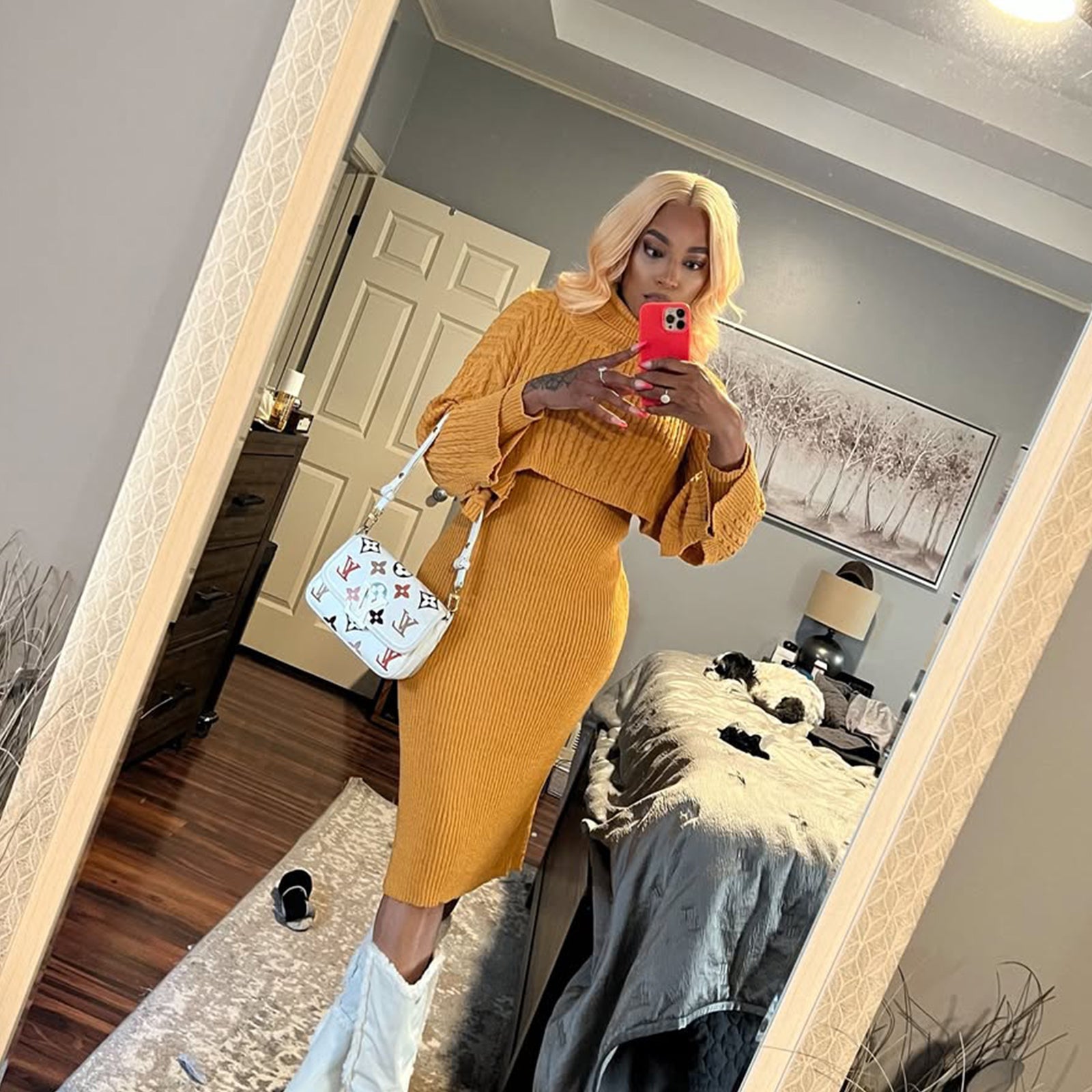



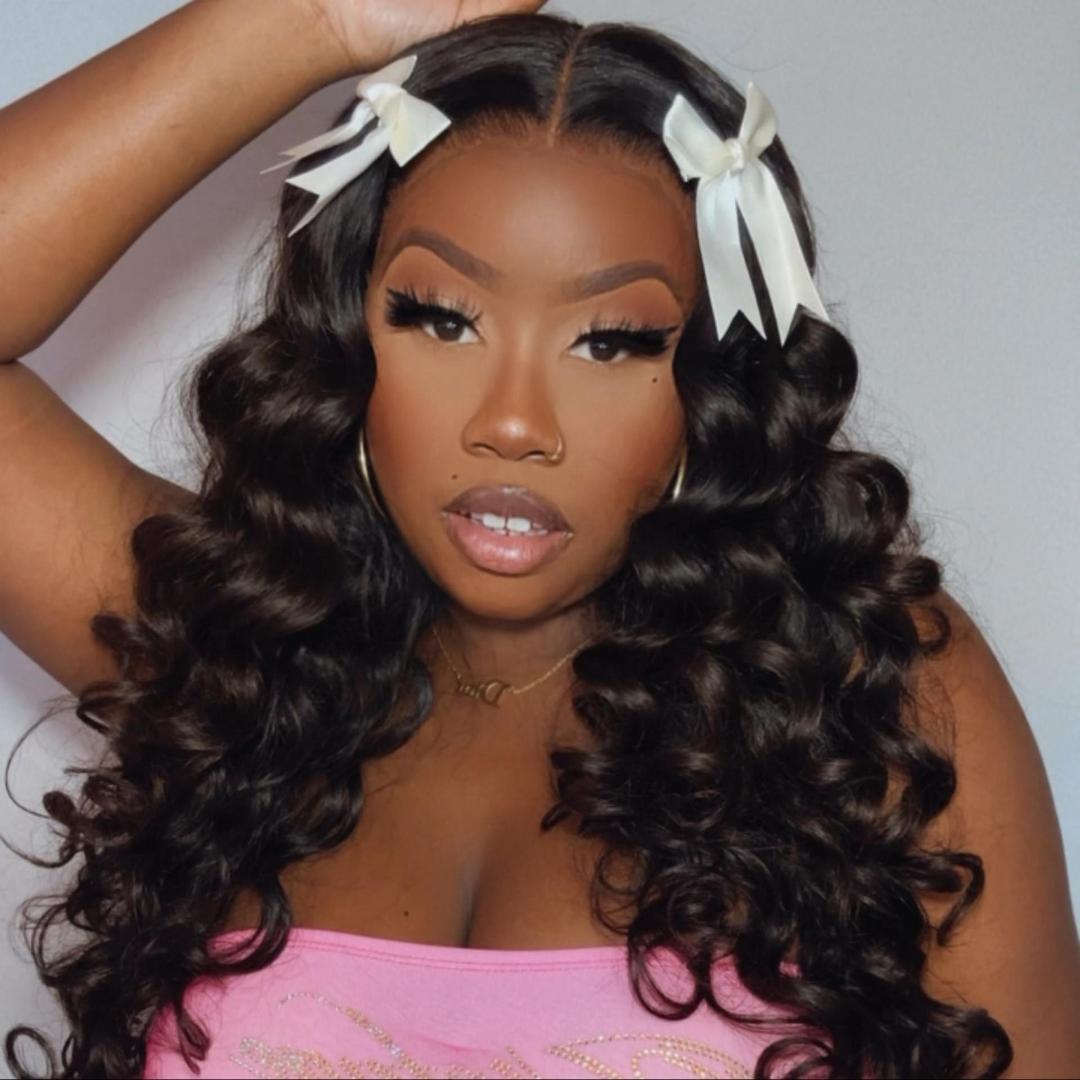




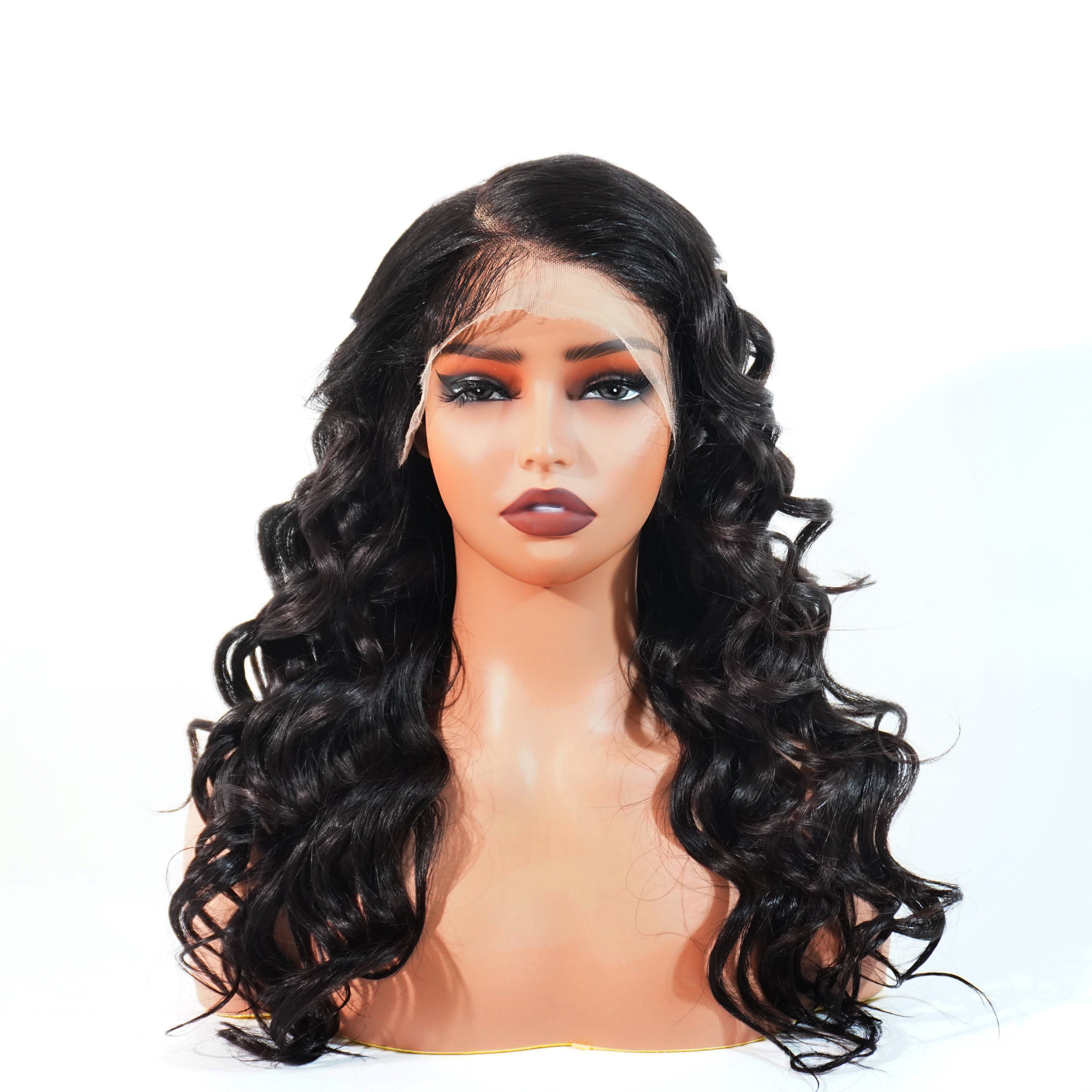
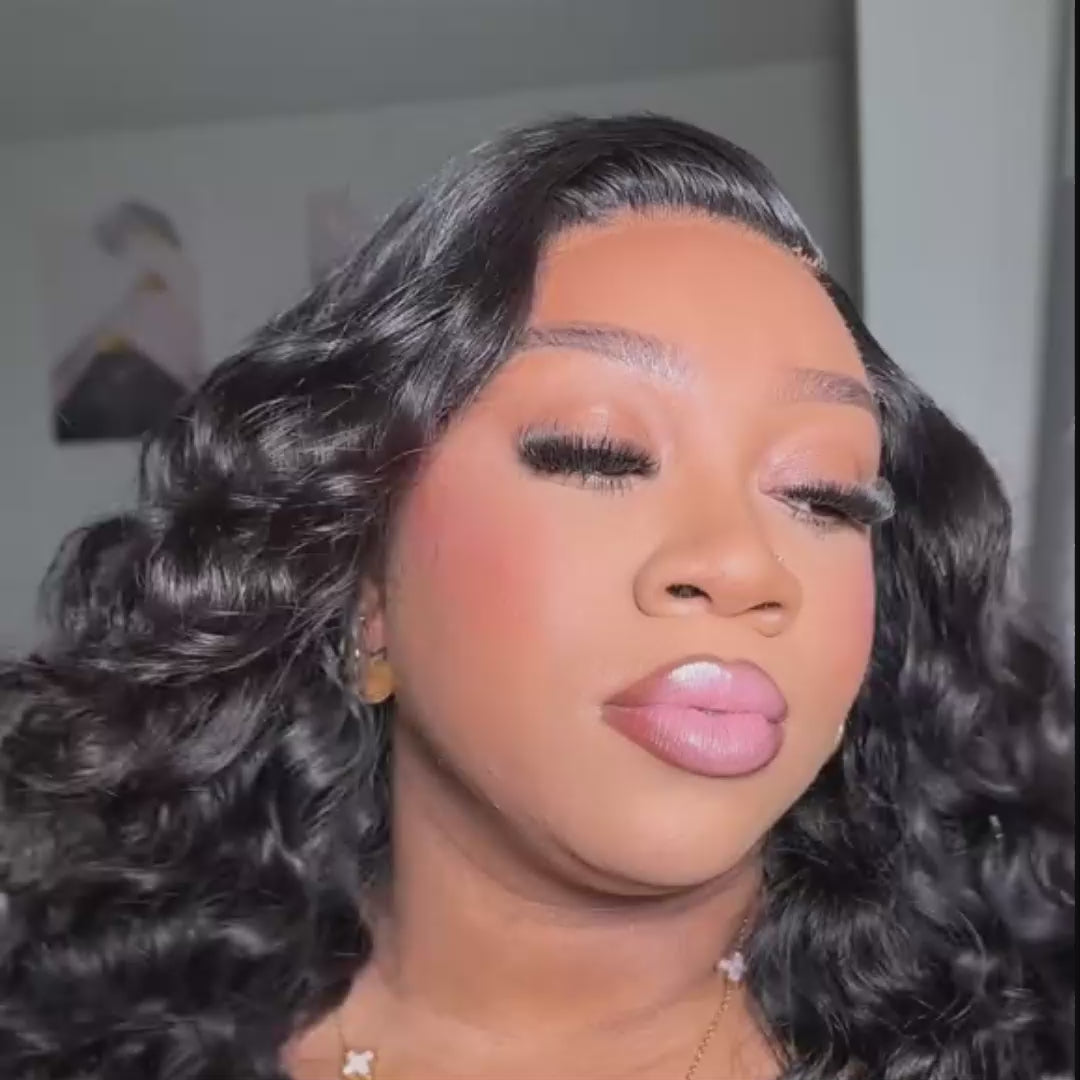

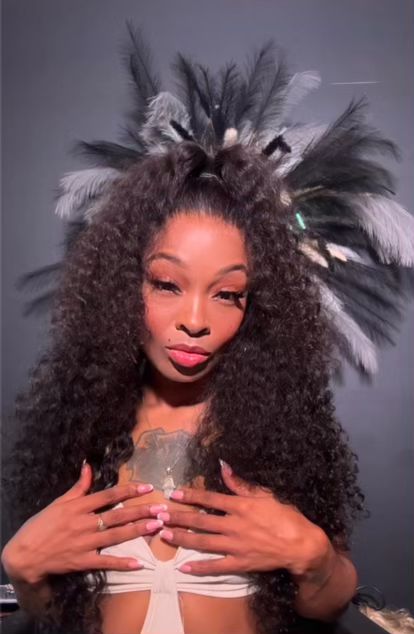
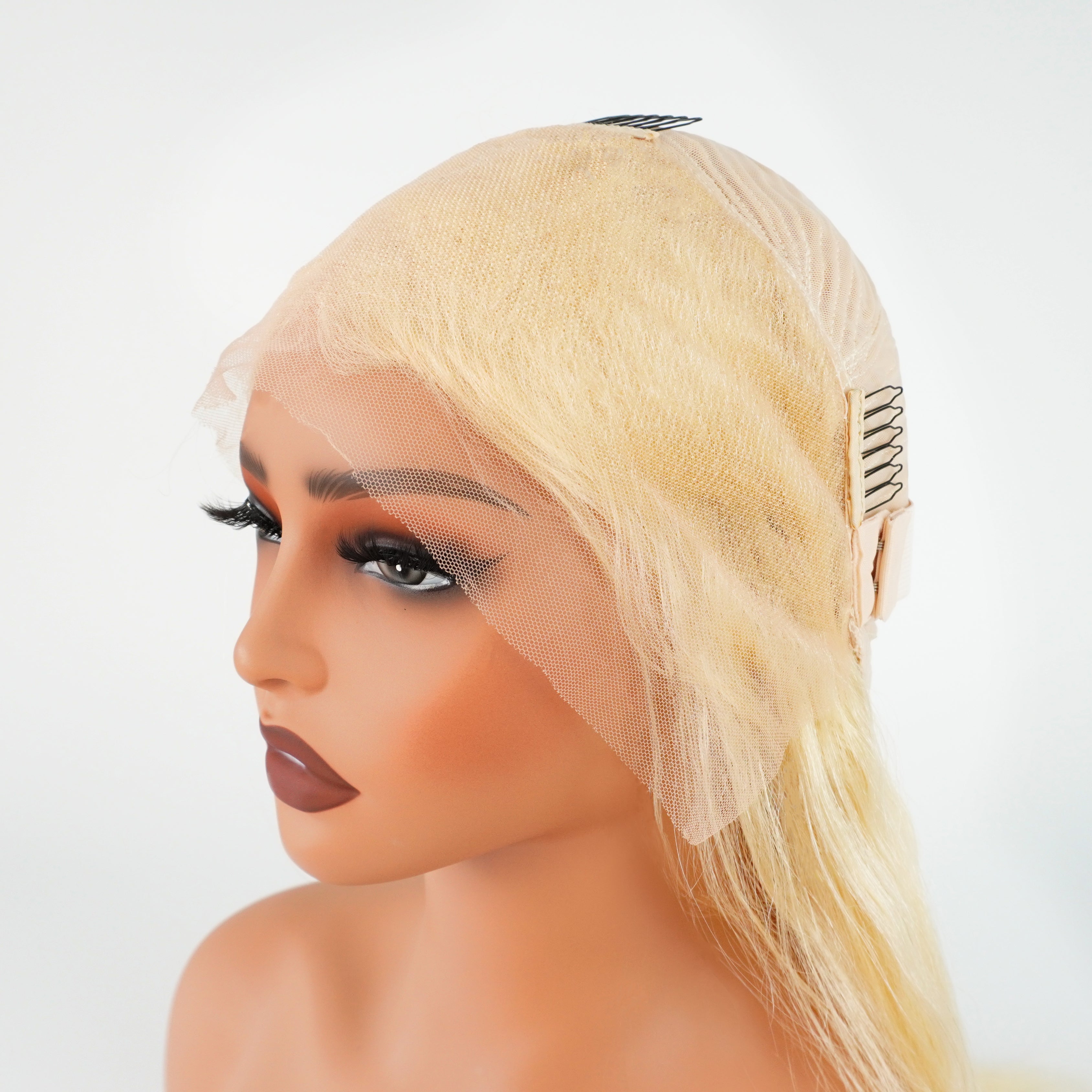







Leave a comment
This site is protected by hCaptcha and the hCaptcha Privacy Policy and Terms of Service apply.